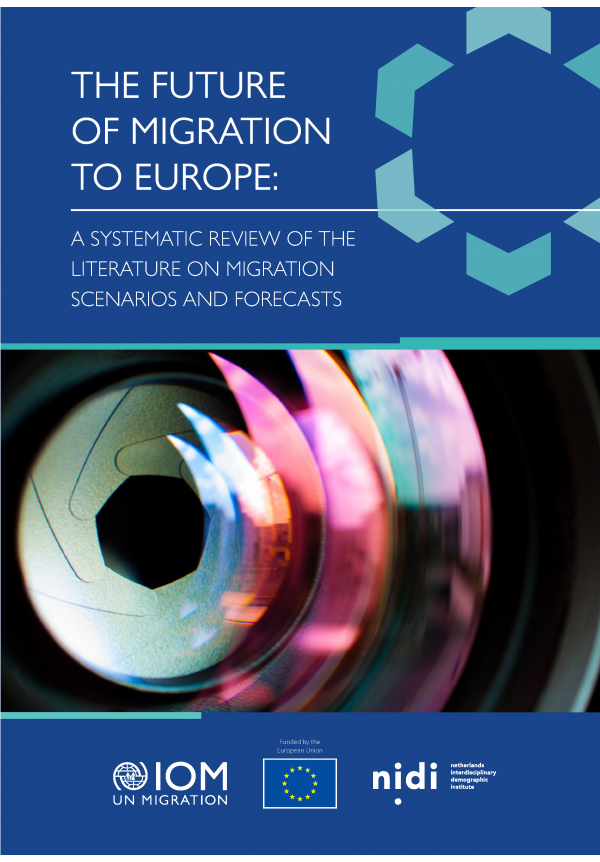The Future of Migration to Europe: A systematic review of the literature on migration scenarios and forecasts

20 juil 2020
The Future of Migration to Europe: A systematic review of the literature on migration scenarios and forecasts
Effective migration management requires some degree of anticipation of the magnitude and nature of future flows. In response to these needs, two types of approaches have emerged in the literature in recent years: (a) migration forecasts, which provide quantitative estimates of future migration, and (b) migration scenarios, which develop different storylines and thereby emphasize flexibility of thought on future migration. This report presents the results of a systematic literature review of migration forecasts and scenarios. It presents key definitions, methods and common lessons from the available evidence in this field. Over 200 relevant publications were screened to retrieve not only the results of the studies, but also information about the context in which the studies were produced (i.e. research metadata). This comprehensive overview will be of interest to both scientists and practitioners who wish to navigate this growing field.
Read More
- Acknowledgements
- List of tables and figures
- Acronyms
- Executive summary
- 1. Introduction
- 2. Definitions
- 3. Methodology
- 4. Results: Migration scenarios
- 4.1. Why now?
- 4.2. Who develops migration scenarios?
- 4.3. What are the time horizons of migration scenarios?
- 4.4. What types of migration scenarios exist?
- 4.5. Migration drivers in scenarios and forecasts
- 4.6. Along which dimensions are migration scenarios structured?
- 4.6.1. International cooperation and European Union integration
- 4.6.2. Economic development
- 4.6.3. Environment
- 4.6.4. Social development
- 4.6.5. Public opinion
- 4.6.6. Migration policy
- 4.7. What methods are used to develop migration scenarios?
- 4.7.1. Participatory, discursive approaches to migration scenarios
- 4.7.2. Adaptation of existing scenarios
- 4.7.3. Large-scale, mixed studies
- 4.7.4. The Delphi method
- 4.7.5. Other approaches
- 5. Interim conclusion: Migration scenarios
- 6. Results: Migration forecasts
- 6.1. Who produces migration forecasts?
- 6.2. Where are migration forecasts published?
- 6.3. Which data sources are used?
- 6.4. What types of migration are forecast?
- 6.5. Migration drivers in forecasts
- 6.6. Four groups of forecasting methods
- 6.6.1. Econometric models
- 6.6.2. Migration intention surveys
- 6.6.3. Argument-based forecasts
- 6.6.4. Time series extrapolations
- 6.7. How accurate are migration forecasts?
- 7. Conclusions
- Annex I. Methodology of the systematic literature review
- Annex II. List of reviewed migration scenario publications
- Annex III: List of reviewed migration forecast publications
- References